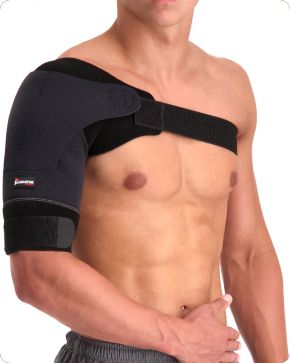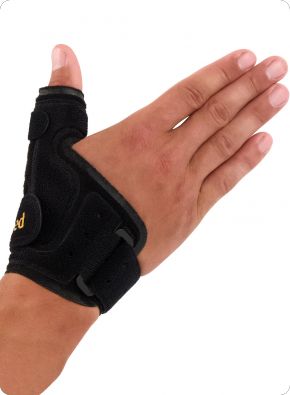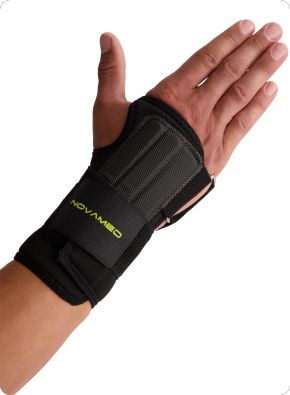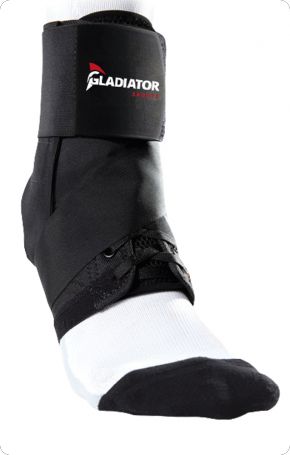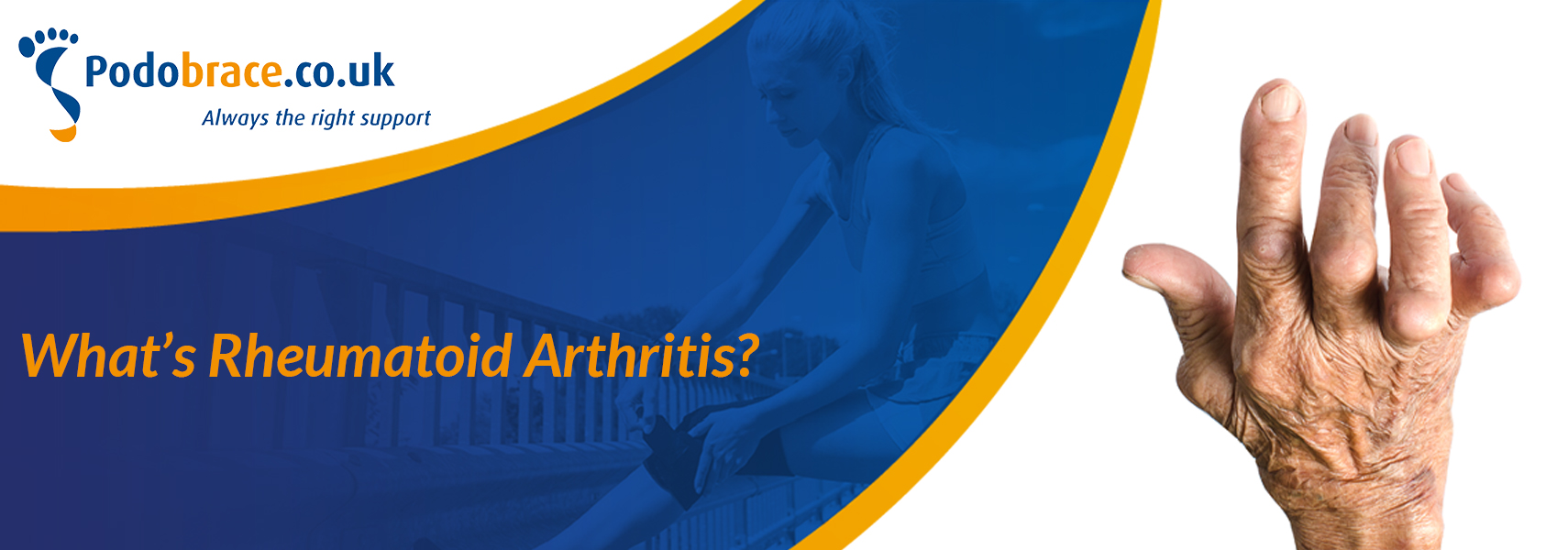
What’s Rheumatoid Arthritis?
Rheumatoid arthritis is an umbrella term for more than 100 different diseases. It is a disorder of the locomotor system. These are joints, muscles, tendons and bones that help you move.
In rheumatoid arthritis, the body's immune system is inconsistent, which can lead to chronic inflammations. Almost all forms of rheumatoid arthritis cause pain and stiffness in the joints and muscles.
Millions of people suffer from rheumatoid, mostly older people. This disease often develops as you get older. Many of these people live with daily pain, stiffness and fatigue because of their rheumatoid arthritis. Many forms of this disease can be treated, but it is not yet completely curable. Many people do not realize that they have rheumatoid arthritis because it is on the inside of the body and because they experience mild symptoms.
Rheumatoid arthritis can affect many parts of the body, including the thumb, fingers, wrist, elbow, shoulder, back, hips, ankles, feet and toes.
Different types of Rheumatoid Arthritis
Rheumatism can be divided into a few major groups:
- Osteoarthritis
- Gout
- Inflammatory rheumatism
- Osteoporosis
- Soft tissue rheumatism
Osteoarthritis
Osteoarthritis is the deterioration of the quality of cartilage and bone around your joints. This is also referred to as wear and tear of your joint. In osteoarthritis, the cartilage around your joint is already thinner, and its quality is gradually declining. In some cases, the cartilage disappears completely, in which case the underlying bone can be damaged. This causes annoying pain when moving. Sometimes, an inflammation develops in osteoarthritis, but this is not inflammatory Rheumatoid Arthritis.
Gout
Gout is caused by an excessively high uric acid level in the body. It has become so high because the body's metabolism is not functioning properly. Ultimately, the high uric acid level creates crystals that end up in the joints. This can lead to (recurring) extreme pain attacks and inflammation of the joints.
Inflammatory rheumatism
In inflammatory rheumatism, also known as autoimmune disease, the immune system sees healthy cells as evil cells. At this point, your immune system starts attacking your own body, causing inflammation. Known forms of inflammatory rheumatism are rheumatoid arthritis, Bechterew's disease or psoriasis arthritis.
Osteoporosis
In osteoporosis, the weight or mass of the bone decreases. As a result, the bone becomes less strong. Osteoporosis calcifies the bone and changes its structure. This leads to weaker bones that can eventually break more easily.
Soft tissue rheumatism
Soft tissue rheumatism is a disorder causing pain in connective tissue and muscles. This disorder may occur in muscles, tendons or bursae. The best known form is fibromyalgia, the cause of which is still unknown.
Symptoms of Rheumatoid Arthritis
In rheumatoid arthritis, the complaints are not very varied, most people suffer from:
- Pain
- Fatigue
- Restricted movement
- Stiffness in joints and/or muscles
The complaints are not always continuously present; you may suffer a lot on Monday and hardly at all on Tuesday.
Treatment
When you suffer from rheumatoid arthritis, you will have to deal with different specialists. In addition to a rheumatologist, you will also see a physiotherapist and an occupational therapist. They will teach you how to live with this disease. In addition, there are also various medicines that can be taken, especially (anti-inflammatory) painkillers and rheumatism inhibitors.
Wearing a brace ensures that the joint is kept in a neutral position. In the neutral position, you experience a lot less pain and the joint can relax. Podobrace offers various types of braces that may help with rheumatic complaints.
The types of braces that we have in our assortment for rheumatoid arthritis are: thumb supports, finger splints, wrist supports, elbow supports, shoulder supports, neck supports, back supports, ankle supports and foot supports.
Tips to make life with Rheumatoid Arthritis easier
- Try to do as much work as possible sitting down
- Provide a suitable workplace
- Try not to stretch fully
- Wear a brace
- Try to keep moving as much as possible
- Alternate activities with rest
- Do not do extreme sports but go walking, cycling or swimming
- Drink lots of water (8 to 10 glasses a day)
- Try to avoid stress
- Try to find a steady sleeping rhythm


